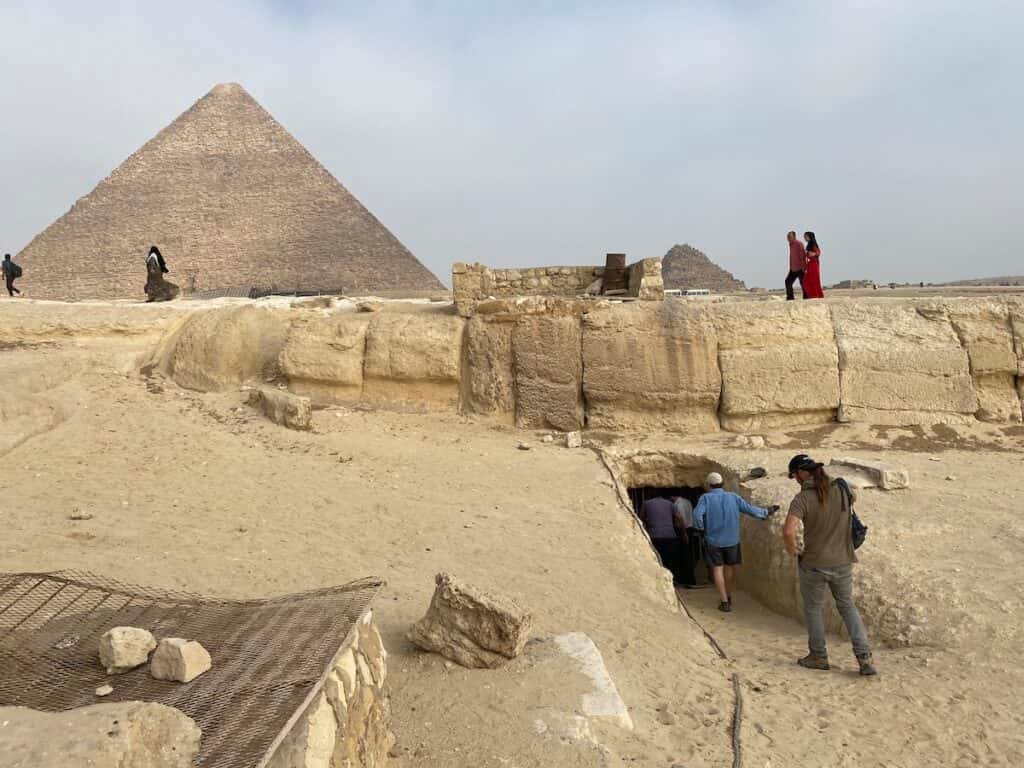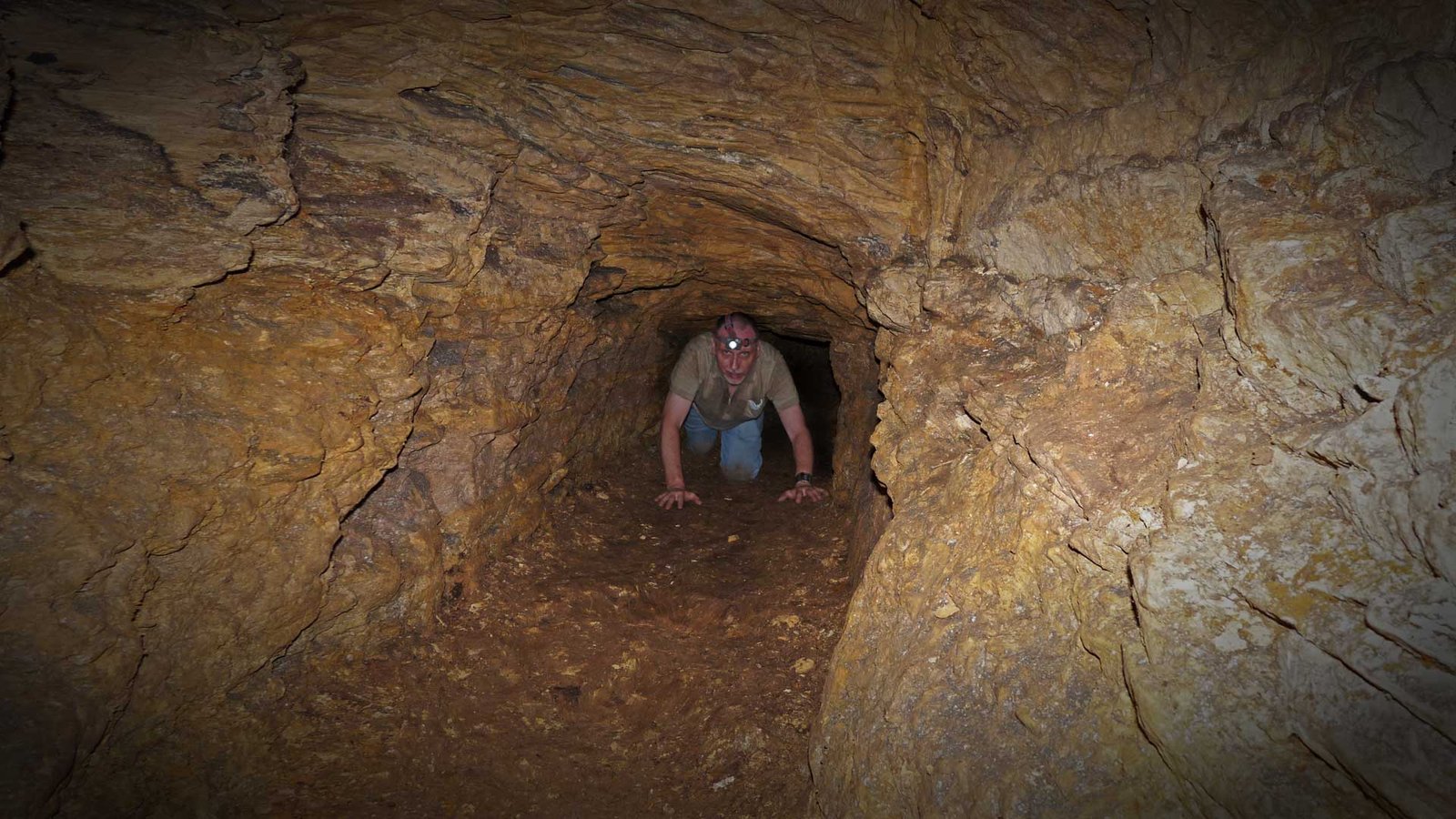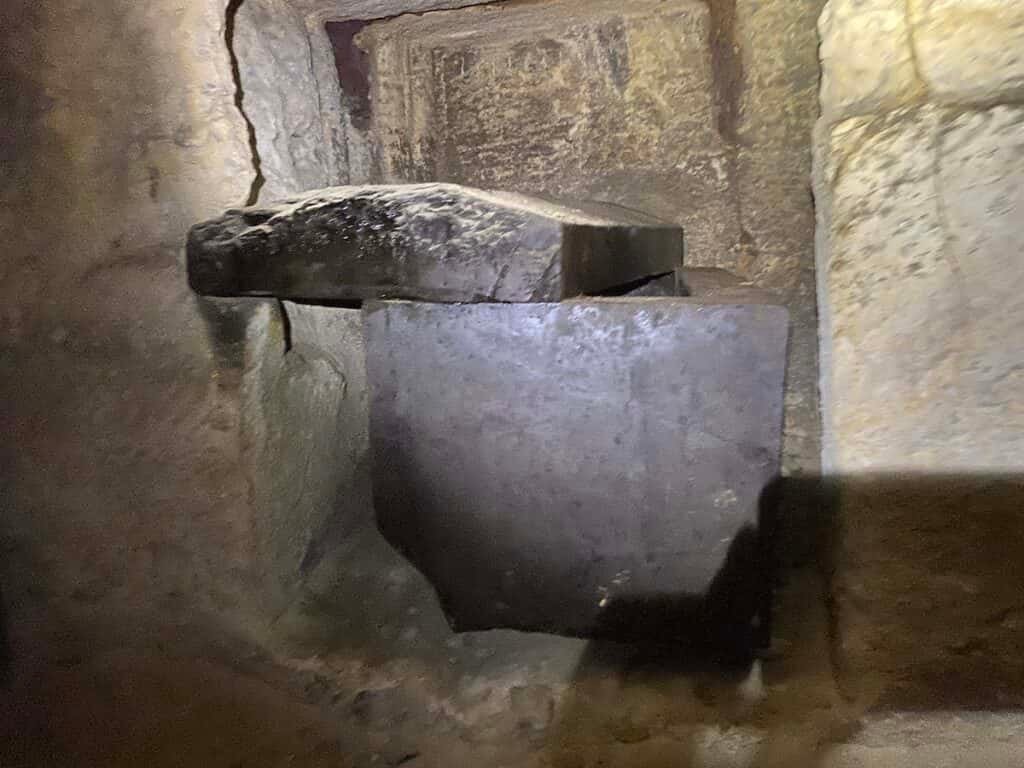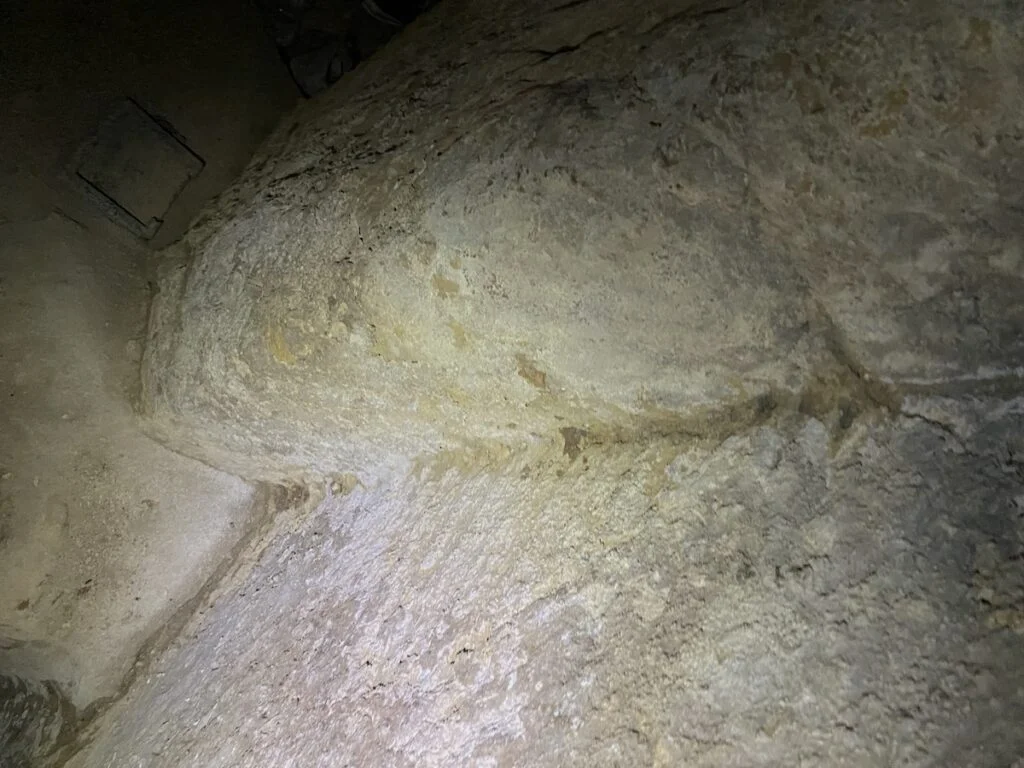The Great Pyramid of Giza holds an intriguing mystery of the Osiris Shaft. This narrow tunnel, situated on the southern side of the Queen’s Chamber, has long perplexed researchers. Unraveling its purpose has proven challenging, leading to various theories.
Osiris Shaft and Ancient Egyptian Beliefs
Some believe the Osiris Shaft carries symbolic or religious significance in ancient Egyptian beliefs. The concept revolves around the afterlife and the soul’s journey. Could this tunnel symbolize the ethereal transition, representing the mystical journey of the deceased, potentially linked to Osiris, the god associated with life after death?
Architectural Components
The Osiris Shaft comprises three vertical shafts (A, B, and C) leading to three levels, each with unique chambers. Shaft A, the main entrance, descends 9.62 meters to Level 1, revealing a rectangular Chamber A. Shaft B, descending 13.25 meters, connects to Level 2 with Chambers B to H. Shaft C leads to Level 3 with the central Chamber I.

FAQs
What is the Osiris Shaft’s historical significance?
The Osiris Shaft, initially a water-filled structure, served as a multifunctional site, hosting swimming activities in ancient times.
How deep does the shaft go?
The shaft descends to nearly 100 feet below the plateau, revealing a complex network of chambers and corridors.
What was discovered during recent excavations?
Recent excavations unveiled six rooms on the second level, containing two granite sarcophagi, pottery, and bones dating back to 500 BC.
What is the significance of the hieroglyphic word “pr” found during the excavation?
The word “pr” means “house” and connects the Giza plateau to the title “the house of Osiris, Lord of Rastaw,” reflecting the tunnels within the Osiris Shaft.
Who was Osiris, and why is the final chamber considered a symbolic tomb for him?
Osiris was a god believed to control underground tunnels and royal tombs. The final chamber is considered a symbolic tomb honoring his influence.
Conclusion
The Osiris Shaft stands as a testament to ancient Egyptian ingenuity and spirituality. As the excavations continue, revealing more secrets buried beneath the Giza Plateau, the Osiris Shaft remains a focal point in unraveling the mysteries of this ancient civilization.



